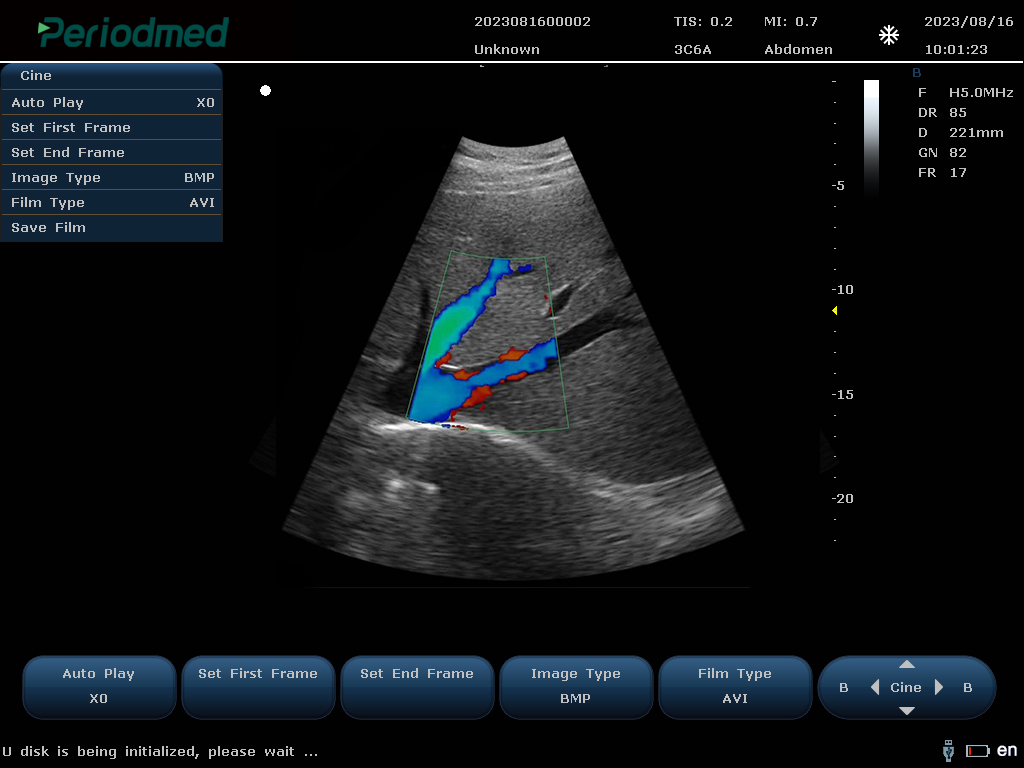The healthcare industry has witnessed a paradigm shift with the advent of advanced diagnostic ultrasound systems. These innovations provide unparalleled precision, enabling medical professionals to diagnose and treat conditions with greater accuracy and efficiency. This article delves into the latest developments, highlighting the key features and their implications for clinical applications.
Cutting-Edge Imaging Technology
Modern diagnostic ultrasound systems utilize high-frequency sound waves to produce real-time, high-resolution images of internal organs, tissues, and blood flow. Recent advancements have enhanced image quality significantly. For instance, technologies like Spatial Compound Imaging and Harmonic Imaging have improved clarity by reducing noise and artifacts, achieving resolutions up to 30 micrometers—a milestone in ultrasonography.
Portability and User-Centric Designs
The demand for portable diagnostic tools has surged, especially in emergency medicine and remote healthcare settings. Compact systems weighing under 5 kg are now available, featuring foldable screens and built-in battery packs for extended operation. One notable model delivers up to 6 hours of uninterrupted scanning, ideal for field use. These systems’ intuitive interfaces, often employing AI for automated measurements, reduce learning curves for operators, allowing more professionals to benefit from the technology.
Integration with Artificial Intelligence
Artificial Intelligence (AI) integration in ultrasound technology is a game-changer. AI algorithms assist in identifying abnormalities, standardizing measurements, and even predicting disease progression. Studies have shown that AI-assisted ultrasound can increase diagnostic accuracy by 15-20%, particularly in detecting conditions such as liver fibrosis and breast cancer. Furthermore, automated analysis reduces scan times by an average of 25%, enabling faster patient turnaround in busy clinics.
Future Prospects
As R&D efforts continue, future systems may include even higher frequency probes and cloud-based data sharing for seamless collaboration. With the global diagnostic ultrasound market projected to reach $10.5 billion by 2030 at a CAGR of 6.2%, the evolution of these systems promises significant advancements in patient care.

At Yonkermed, we pride ourselves on providing the best customer service. If there is a specific topic that you are interested in, would like to learn more about, or read about, please feel free to contact us!
If you would like to know the author, please click here
If you would like to contact us, please click here
Sincerely,
The Yonkermed Team
infoyonkermed@yonker.cn
https://www.yonkermed.com/
Post time: Dec-30-2024

